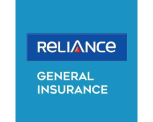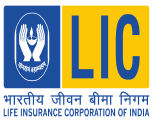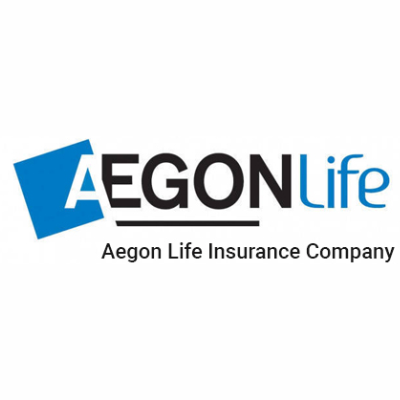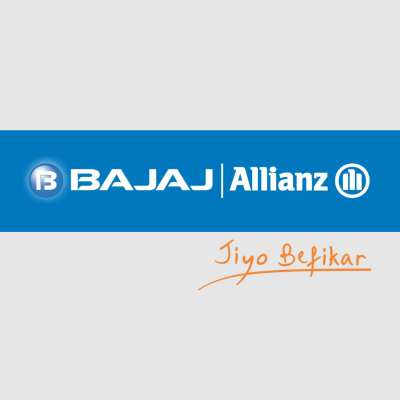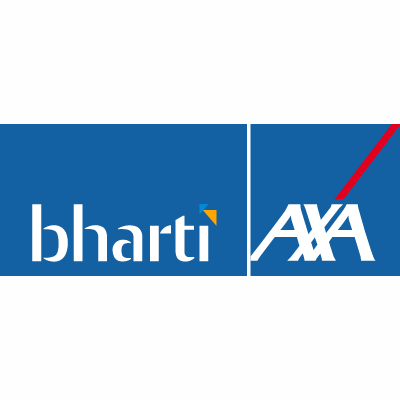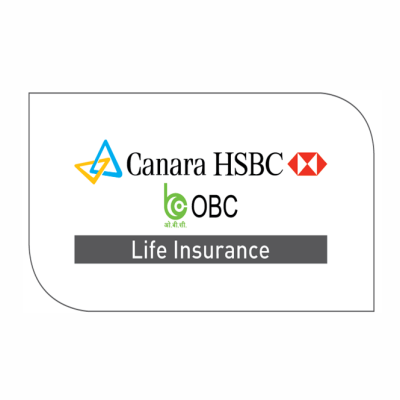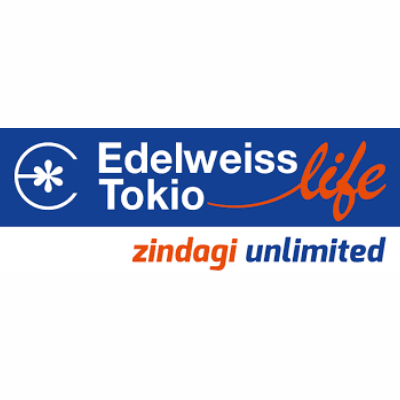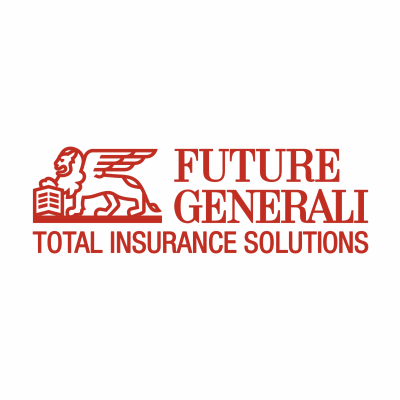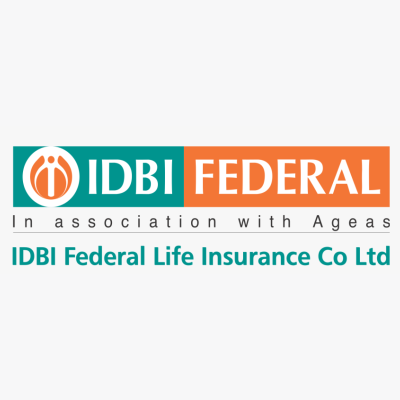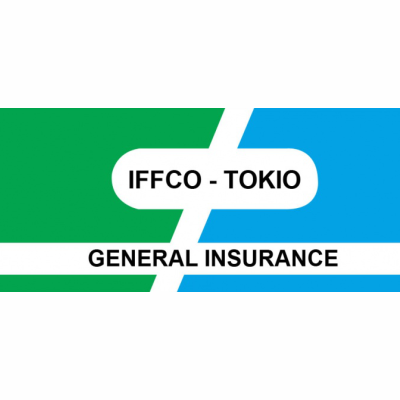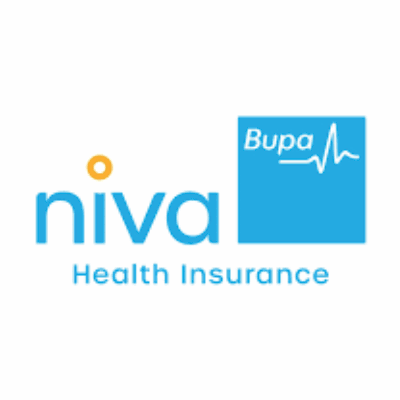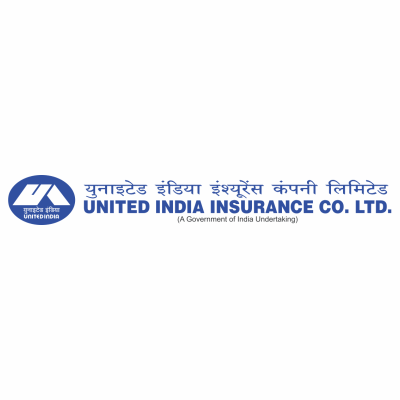


A life insurance policy is generally considered to be one of the most important requirements for a comfortable, hassle-free life. Thus, before deciding to buy a life insurance plan, it is important to know the types of life insurance policies available in the market.
In a Term Insurance, there is risk cover and no maturity benefits. It is widely considered to be the simplest form of life insurance. It is a pure cover plan which offers protection for a specified time period. If the life insured passes away during that period, the nominee receives the predetermined death benefit.. But if the policyholder outlives the policy term, then there is no benefit.
If you are seeking only protection for your dependants, then this policy is recommended since it gives high returns for low investment. You can also increase the amount of coverage offered by a term plan by opting for additional riders, such as Accidental Death Benefit or Child Support riders, permanent disability due to an accident, hospital cash, etc. which will give a wider cover.
ULIPs enjoy a high amount of popularity owing to their versatile nature. ULIPs come with the two-pronged benefits of both investment and insurance. The investment will be done either in bonds, equities, debts, hybrid funds or market funds. You can opt for the investment as per the level of risk you can accept.
Endowment Plan is a traditional plan. The premium paid is partly used for risk cover and partly invested in the capital market by the Life Insurance Company. Periodical bonus will be paid which will either be paid along with the maturity amount or paid along with the death benefit to the nominee. Both maturity benefit and death benefit are available in the plan. Although the investment component exists, the risk involved in this is much lower than in other investment products.
This is a plan wherein a percentage of the sum assured is paid to the policyholder at periodical intervals as a survival benefit. Once the policy reaches maturity, the remaining amount of the Sum Assured is handed over to the policyholder. However, if the policyholder dies while the term is ongoing, their dependents are given the entire Sum Assured without any deductions.
This is a policy wherein cover is available until the insured is alive and sometimes even up to 100 years. The death benefit is available for this plan. If the insured lives beyond 100 years the maturity amount along with the bonus will be paid to the insured. The premium in this case is much higher when compared to the term plan.
This plan is beneficial to build a corpus fund for your children for future requirements like education or marriage. There is a provision for payment of annual payments or a lump sum payment on attaining the age of 18 years. If during the policy term the parent expires, then some of the companies will waive further premiums and the policy will be active till the maturity date.
A retirement plan is a type of life insurance that focuses on providing you financial stability and security post your retirement. After you retire, you lose your regular income from employment. Investing in retirement plans can help you create a stable regular income stream. If you continue to invest until retirement, the plan will help you take care of your expenses after retirement..In the event of the death of the insured, the nominee will be paid the death benefit which will be much higher than the coverage value or fund value. It could be 100% more than the total premium paid.
Paid- up value = Nos of premiums paid/(Nos of premiums payable x Sum Assured)
There is an option given by the insurance company to reduce the sum assured in proportion to the premiums paid if the policyholder discontinues payment of the premium after some time. If there are any benefits associated with the sum insured, the same will be reduced in proportion to the revised sum assured. Then this policy will be termed as the reduced paid-up-value policy.
The free look period is the required time period in which a new life insurance policy owner can terminate the policy without any penalties, such as surrender charges. A free look period is generally between 7 to 30 days from the date of purchase of the policy depending on the insurer.
This depends on several factors like addition of riders or declaration of habits like smoking, drinking etc. or the declaration pertaining to a hazardous employment nature etc.
There is a common formula to understanding how much life cover you should buy in a term plan.
Minimum sum assured = (Annual Income x 10 times) + Loans/Liabilities etc.
Based on this formula, you can calculate your required life cover.


